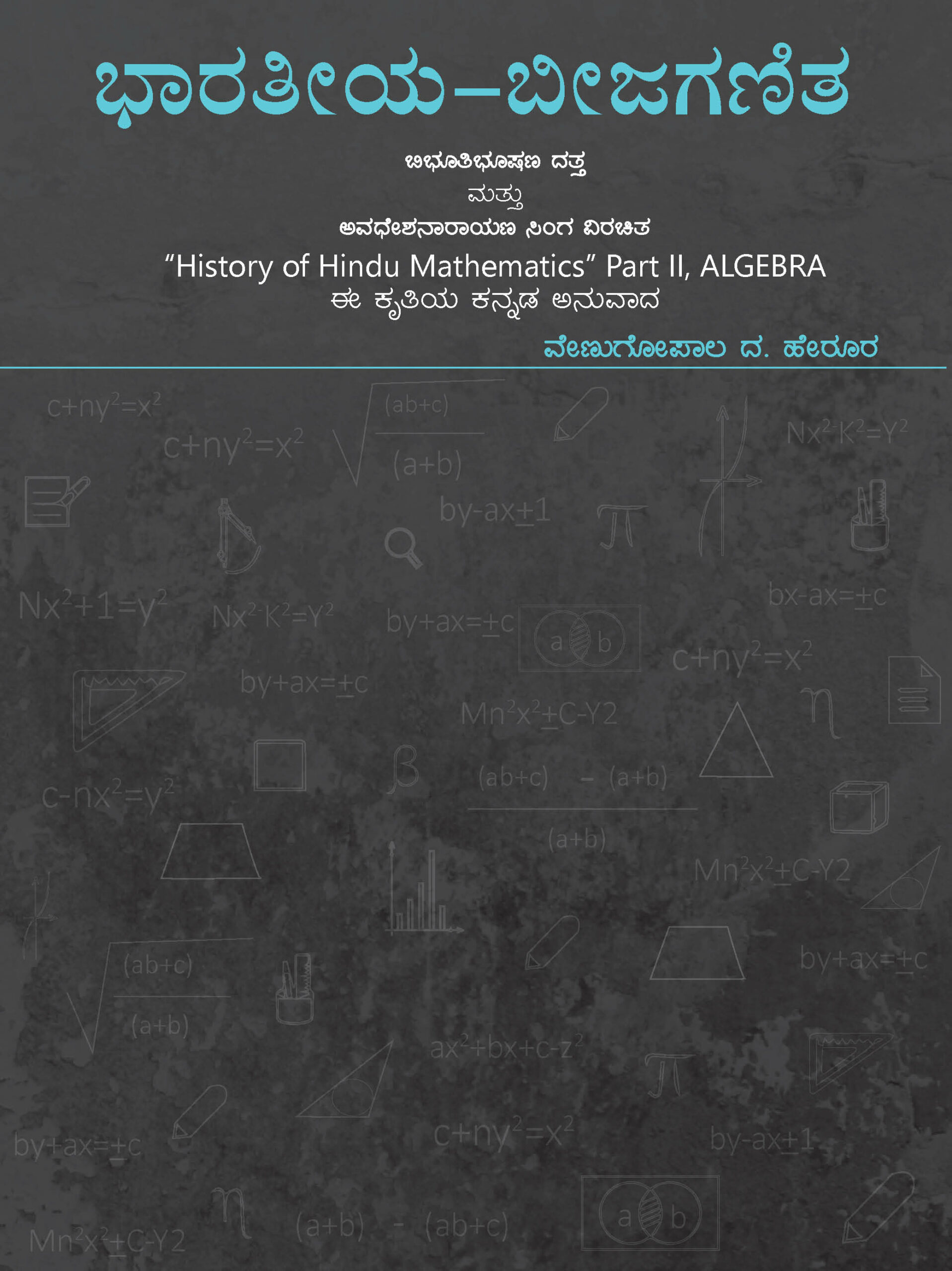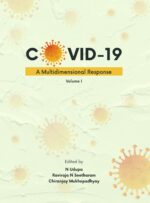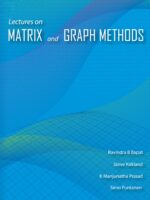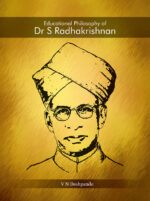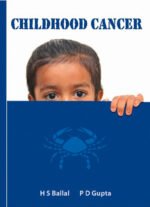Bharatiya Bijaganita
₹895.00
ಪ್ರಾಚೀನ ಭಾರತೀಯ-ಬೀಜಗಣಿತದಲ್ಲಿ ಅನಿರ್ಣೀತ ಸಮೀಕರಣಗಳ ಕುರಿತ ವಿಶ್ಲೇಷಣೆಯು (Indeterminate-analysis) ವಿಶೇಷ ಗಮನಾರ್ಹವಾದ ಸಂಗತಿಯಾಗಿದೆ. ಏಕಘಾತೀಯ ಅನಿರ್ಣೀತ ಸಮೀಕರಣಗಳ ಪರಿಹಾರಕ್ಕೆ ಸಂಬAಧಿಸಿದ ವಿಷಯದ ವಿಶ್ಲೇಷಣೆಯನ್ನು ಭಾರತೀಯ-ಬೀಜಗಣಿತಜ್ಞರು ‘ಕುಟ್ಟಕ’ ಎಂಬ ಪಾರಿಭಾಷಿಕ ಪದದಿಂದ ಸೂಚಿಸಿದರೆ, ಅನಿರ್ಣೀತ ವರ್ಗಸಮೀಕರಣಗಳ ವಿಶ್ಲೇಷಣೆಯನ್ನು ‘ವರ್ಗಪ್ರಕೃತಿ’ ಎಂದು ಕರೆದಿದ್ದಾರೆ. ಎರಡೂ ವಿಷಯಗಳನ್ನು ವಿಶದವಾಗಿ ಚರ್ಚಿಸಿದೆ. ಚಿಹ್ನೆಗಳ-ಬಳಕೆ, ಅವ್ಯಕ್ತಗಳನ್ನು ಸೂಚಿಸುವುದಕ್ಕಾಗಿ ಬಳಸುವ ಅಕ್ಷರಸಂಕೇತಗಳು, ಸಮೀಕರಣಗಳು ಬೀಜಗಣಿತಶಾಸ್ತçದ ಮೂಲಾಧಾರಗಳಾಗಿವೆ. ಅವ್ಯಕ್ತಗಳನ್ನು ಸೂಚಿಸುವುದಕ್ಕಾಗಿ ಶಿಸ್ತುಬದ್ಧವಾಗಿ ಅಕ್ಷರಸಂಕೇತಗಳನ್ನು ಪ್ರಪ್ರಥಮವಾಗಿ ಬಳಸಿದವರು ಭಾರತೀಯರು. ವಿವಿಧ ಬಗೆಯ ಸಮೀಕರಣಗಳನ್ನು ವಿಭಿನ್ನ-ವರ್ಗಗಳಲ್ಲಿ ವಿಂಗಡಿಸಿ, ಅವುಗಳ ವಿಸ್ತöÈತ ಅಧ್ಯಯನವನ್ನು ಪ್ರಪ್ರಥಮವಾಗಿ ಕೈಗೊಂಡವರೂ ಅವರೇ ಆಗಿದ್ದಾರೆ. ಹಾಗಾಗಿ, ಬೀಜಗಣಿತವನ್ನು ಶಾಸ್ತçದ-ಸ್ವರೂಪದಲ್ಲಿ ಹುಟ್ಟುಹಾಕಿ ಮುನ್ನಡಿಸಿದವರೂ ಅವರೇ ಎಂದು ಹೇಳಬಹುದಾಗಿದೆ. ಪ್ರಸ್ತುತ ಕೃತಿಯು ಬೀಜಗಣಿತದ ಸಮೀಕರಣಗಳನ್ನು ಬಿಡಿಸುವುದಕ್ಕೆ ಅವಶ್ಯವಾಗಿರುವ ಪ್ರಕ್ರಿಯೆಗಳನ್ನು ಅಥವಾ ಪರಿಕರ್ಮಗಳನ್ನು ಅರ್ಥಾತ್ “ಬೀಜೋಪಯೋಗಿ-ಗಣಿತ”ವನ್ನು ಮತ್ತು ಬೀಜಗಣಿತೀಯ ಸಮೀಕರಣಗಳ ವಿಶ್ಲೇಷಣೆಯ ಕುರಿತು ಚರ್ಚೆ “ಬೀಜ” ಎರಡನ್ನೂ ಒಳಗೊಂಡಿದೆ. ಪ್ರಾಚೀನ ಆಚಾರ್ಯರು ನಿರೂಪಿಸಿರುವ ನಿಯಮಗಳಿಗೆ ಉಪಪತ್ತಿಯನ್ನು ಒದಗಿಸಿರುವುದು, ಮತ್ತು ಸ್ಪಷ್ಟೀಕರಣಕ್ಕಾಗಿ ಕೊಟ್ಟಿರುವ ಉದಾಹರಣೆ ಲೆಕ್ಕವನ್ನು ಆಯಾ ಗ್ರಂಥಕರ್ತನು ತಿಳಿಸಿರುವ ವಿಧಾನದನ್ವಯವೇ ಆಧುನಿಕ ಗಣಿತೀಯ-ಸಂಕೇತಗಳನ್ನು ಹಾಗೂ ಚಿಹ್ನೆಗಳನ್ನು ಬಳಸಿ ಪೂರ್ತಿಯಾಗಿ ಬಿಡಿಸಿ ತೋರಿಸಿರುವುದು ಈ ಕೃತಿಯ ವಿಶೇಷ ಮಹತ್ವದ ಸಂಗತಿಯಾಗಿವೆ. ಅಲ್ಲಲ್ಲಿ,
Out of stock
| Category: | Academic and Reference |
|---|
| Author | |
|---|---|
| Format |
Related products
-
COVID19: A Multidimensional Response
₹2,200.00Editors: N Udupa, Raviaraja NS, Chiranjay Mukhopadhya,
COVID-19 disease is caused by the SARS-CoV-2 virus, first detected in November-December 2019 in Wuhan, China. Thus far, more than 7 million people have been infected with the novel coronavirus across the globe, and the count is increasing with every passing day. Even though it causes severe respiratory problems, the majority of patients show mild symptoms, and pathogenesis is under investigation. Although several drugs are being developed and many of them are undergoing clinical trials, currently there are no approved drugs/vaccines to cure this disease. Personal hygiene and social distancing are important means to prevent the spread of this disease. With the advancements in scientific research, humankind is hoping to find a potent drug/vaccine for this disease at the earliest. The health care professionals and scientific community are at their maximum in combating this viral infection. In this book, an attempt is made to compile various aspects of COVID-19 in a single platform, which include aetiology, epidemiology, its clinical manifestations, diagnosis, pathological, clinical and therapeutic facets, comorbidities, risk factors, and the essential precautionary measures. This book comprises around 29 chapters contributed by various experts from research and clinical backgrounds.
Interested readers may write to us at mup@manipal.edu about purchasing the book.
-
Lectures on Matrix and Graph Methods
₹580.00Lectures on Matrix and Graph Methods Lectures on Matrix and Graph Methods portrays selected lectures delivered by leading Mathematicians and Statisticians in the International Workshop on Combinatorial Matrix Theory and Generalized Inverses of Matrices organized by Department of Statistics, Manipal University, Manipal, India, during January 2-7, 2012. This book covers the topics even beyond the traditional applications of matrix theory and spectral theory of graphs. Graph Theoretic Applications to Computing the Nucleolus of an Assignment Game by T E S Raghavan and Introduction to Yantra Magic Squares and Agrippa-type Magic Matrices by G P H Styan et al. are among those topics. Also, an interview with S K Mitra in 1993 by G P H Styan and Simo Puntanen is presented here.
Ravindra B Bapat, Steve Kirkland, K Manjunatha Prasad, Simo Puntanen Ravindra B Bapat is at the Indian Statistical Institute, Delhi Centre. His main areas of interest are combinatorial matrix theory, matrices and graphs, and generalized inverses. He is a Fellow of the Indian Academy of Sciences, Indian National Science Academy and a J C Bose Fellow. He served as the President of the Indian Mathematical Society during 2007-2008. Steve Kirkland is a Stokes Professor at the National University of Ireland Maynooth. His research interests include non-negative matrix theory, spectral graph theory, and combinatorial matrix theory. He is currently the Editor-in-chief of the journal ?Linear and Multilinear Algebra?, and the President of the International Linear Algebra Society. K Manjunatha Prasad earned his PhD from Indian Statistical Institute. Currently, he is a Professor of Mathematics at Department of Statistics, Manipal University, Manipal. His research interests are matrix theory, generalized inverse, ring theory and projective modules. Simo Puntanen earned his PhD in statistics from the University of Tampere (Finland) in 1987, where he is presently a Lecturer.
Interested readers may write to us at mup@manipal.edu about purchasing the book. -
Educational Philosophy of Dr S Radhakrishnan
₹495.00Author: V N Deshpande
Educational Philosophy of Dr S Radhakrishnan effectively presents Radhakrishnan’s thoughts, highlighting their relevance to the present day. The author has at length discussed Indian Philosophy in comparison with the Western thought and successfully established that the East-West synthesis as propagated by Radhakrishnan is the need of the hour. The readers will also get an account of Radhakrishnan’s life story in the backdrop of the political history of pre and post-Independent India. This book is Dr V N Deshpande’s posthumous publication.
Interested readers may write to us at mup@manipal.edu about purchasing the book.
-
Culture and Creativity: Selected Writings of N Manu Chakravarthy
₹450.00Author: Manu Chakravarthy Editor: Unni Krishnan Karikkat
Culture and Creativity is a collection of essays of N Manu Chakravarthy, a prominent culture critic known for his discourses on music, cinema, literature and several aspects of culture and philosophy. This book illustrates the intellectual and ethical perspectives that shape his discussions on wide range of issues. These discussions are reflective of the inspiration he draws from his father Prof G N Chakravarthy and his teachers Prof C D Narasimhaiah, Prof U R Ananthamurthy, and Prof B Damodara Rao. The ideas of Ivan Illich and Noam Chomsky, and his friend D R Nagaraj are also instrumental in framing the critical nature of his interpretations. The essays in this book encompass Prof Manu Chakravarthy’s perspectives on religion, secularism, tradition, and modernity. The references to Sri Narayanaguru, M K Gandhi, Rabindranath Tagore, and the interview with Gustavo Esteva, evince his preoccupation with madhyamamarga. They also foreground his views on nationalism, metaphysics, media, politics and the crises of the third world and India in a globalised context. This work is a testimony to the form of scholarship he values.
Interested readers may write to us at mup@manipal.edu about purchasing the book.
-
Transformation Beyond Sight
₹395.00Author: Jibu Thomas
Transformation Beyond Sight is a gripping narrative of the author’s experience in the hospital administration of Kasturba Hospital (KH), Manipal. As an experiential account, the present book provides insights into the thoughts, concerns, and apprehensions of prospective hospital administrators, and spotlights the vital role played by a hospital administrator in the day-to-day operations of KH, which is also an advanced healthcare facility.This book draws attention to the transformational quality of the author’s experiences to emphasize that the evolution in leadership and management of the teaching hospital went hand-in-hand with the transformation of the author’s administrative skills, and his own persona as a diligent administrator. The biographical undertone also provides an insight into the complex and dynamic healthcare environment, alongside the competencies, creativity, and mindfulness necessary for an administrator. This book narrates a hospital administrator’s engagements with the traditional processes and his attempts to bring about effective changes in the management and monitoring of operations of KH and the overall management of a healthcare facility.
Interested readers may write to us at mup@manipal.edu about purchasing the book.
-
Childhood Cancer
₹185.00Authors: H S Ballal, P D Gupta
Childhood Cancer is a major medical problem in most of the societies of the modern world. Though enough literature is available on the subject, it is not easily intelligible to common people. An ordinary parent whose ward is affected by any form of childhood cancer would beat a loss without the basic information. This book is aimed at educating a non-professional who wishes to grasp the problem in detail and in a simple way. The book primarily deals with the signs and symptoms of cancer in children which enable early detection. It is written in a lucid manner to remove the myth among parents that diagnosis of cancer in children amounts to a death sentence. Many of the childhood cancers, if detected early, can be cured completely, and the patients can live the rest of their lives like any other normal people. The book is an attempt to create this awareness among parents through proper information about the disease. Further, the book would also serve as a manual for MBBS students and professionals in other fields for primary treatment and management of the childhood cancer patients.
Interested customers may write to us at mup@manipal.edu about purchasing the book.
Also available on

-
Biomedical Spectroscopy
₹2,950.00Author: Santhosh C, Vasudevan Baskaran Kartha
Biomedical spectroscopy is the output of the intensive discussions of the authors and the medical professionals of Kasturba Medical College, Manipal University. The ?Centre for Laser Spectroscopy?, a centre for developing biomedical applications of laser spectroscopic methods, was established at Manipal University in 1997. The scientists of the Centre, together with the physicians, surgeons, and pathologists of the KMC, initiated a number of research programs in this area. The main aim of the Centre was to develop spectroscopic methods for early detection, screening, monitoring therapy and identification of disease markers, with special emphasis on various cancers, so that these techniques can be applied for routine healthcare applications. Outcome of these research activities are covered in the book. A common platform of information can provide a more open communication enabling faster and better evolution of the spectroscopic methods for biomedical applications.
Interested readers may write to us at mup@manipal.edu about purchasing the book.
International Edition available on South Asia Edition available on -
A Concise Textbook of Drug Regulatory Affairs
₹290.00This book has 12 chapters covering nearly all the areas of Drug Regulatory Affairs. Various aspects of Drug Regulatory Affairs such as new drug approval procedure, pharmacovigilance, product recall, evolution of drug regulations in the United States of America (USA) and process of drug approval in the USA and European Union, bioequivalence regulations, electronic Common Technical Documents (eCTD), environmental regulations, orphan drugs pharmaceutical pricing and control policy, Pharmacovigilance system in India and the USA, Product Recall, regulations of pharmaceutical drug promotion and Pharmacy Practice regulations are covered in this book. As a whole, the book is a comprehensive reference book on regulatory affairs and will be very useful for the practicing professionals and students alike.
Interested readers may write to us at mup@manipal.edu about purchasing the book.

